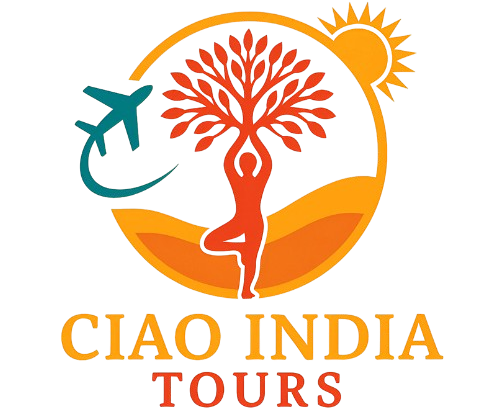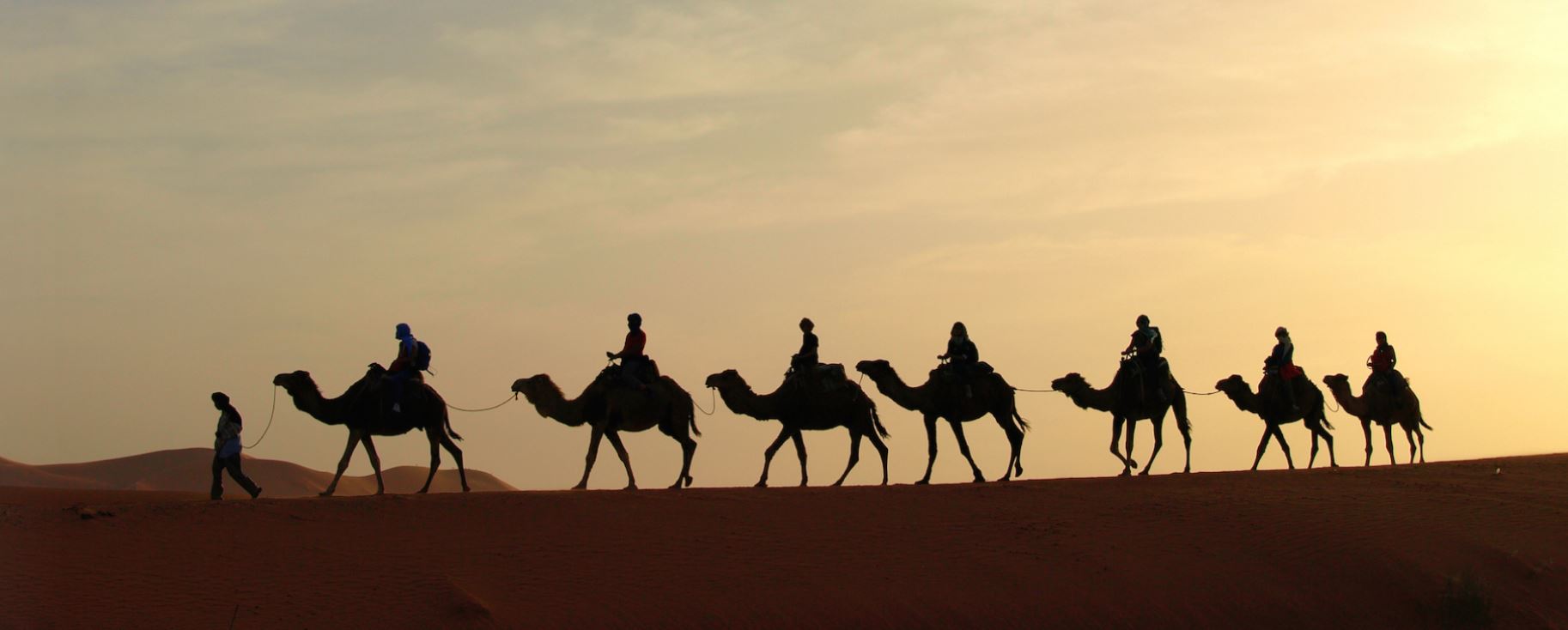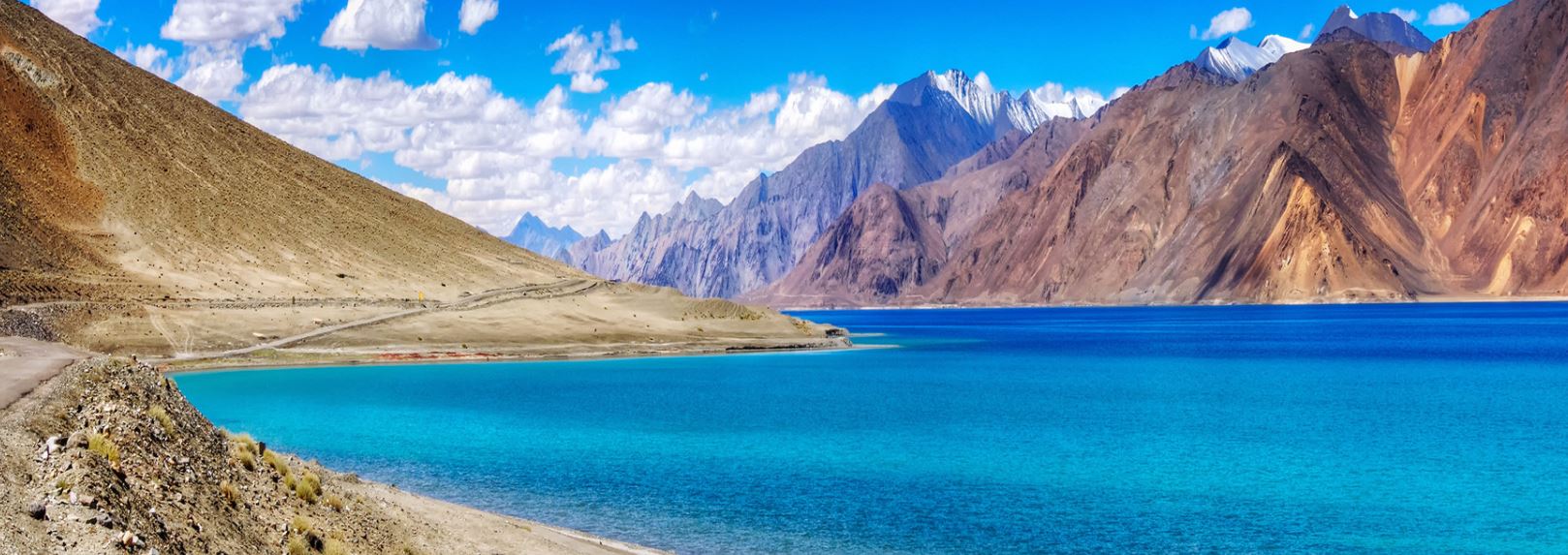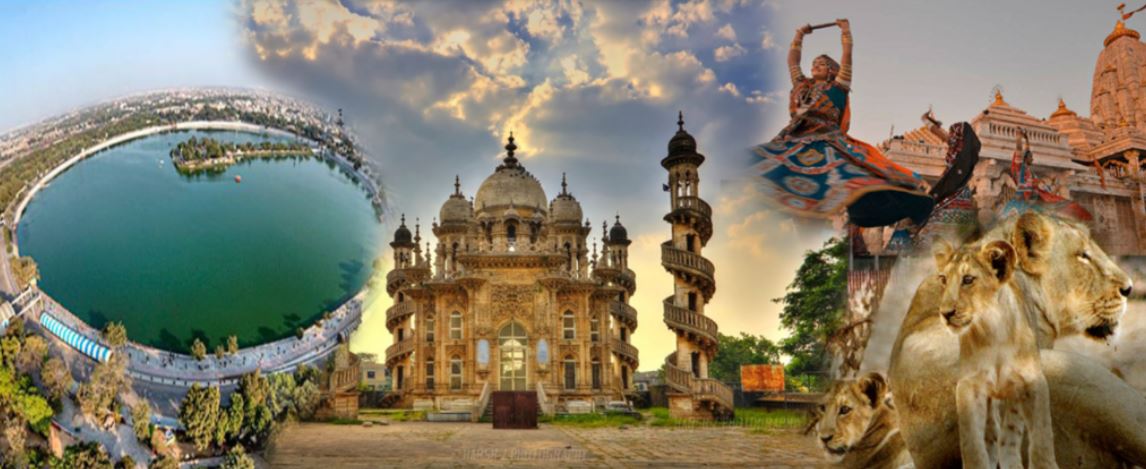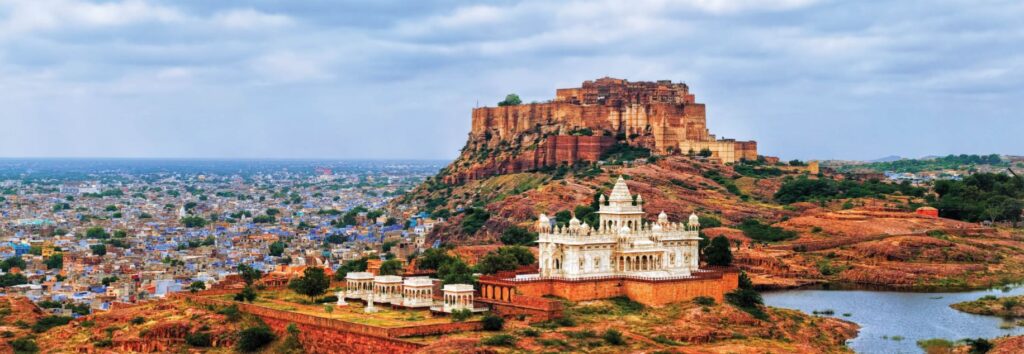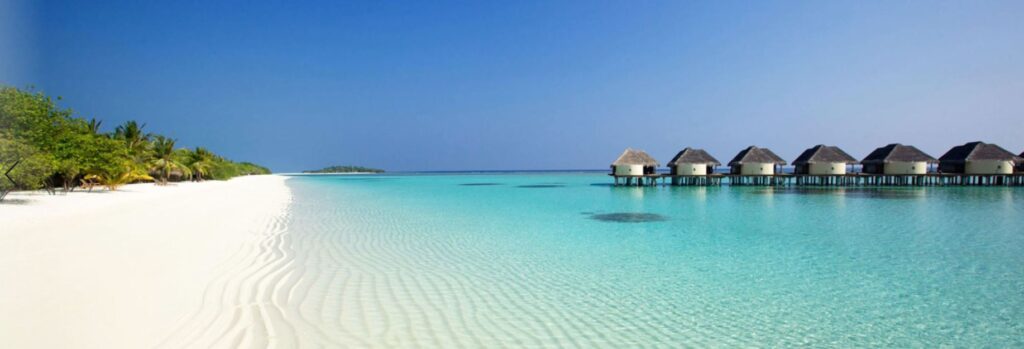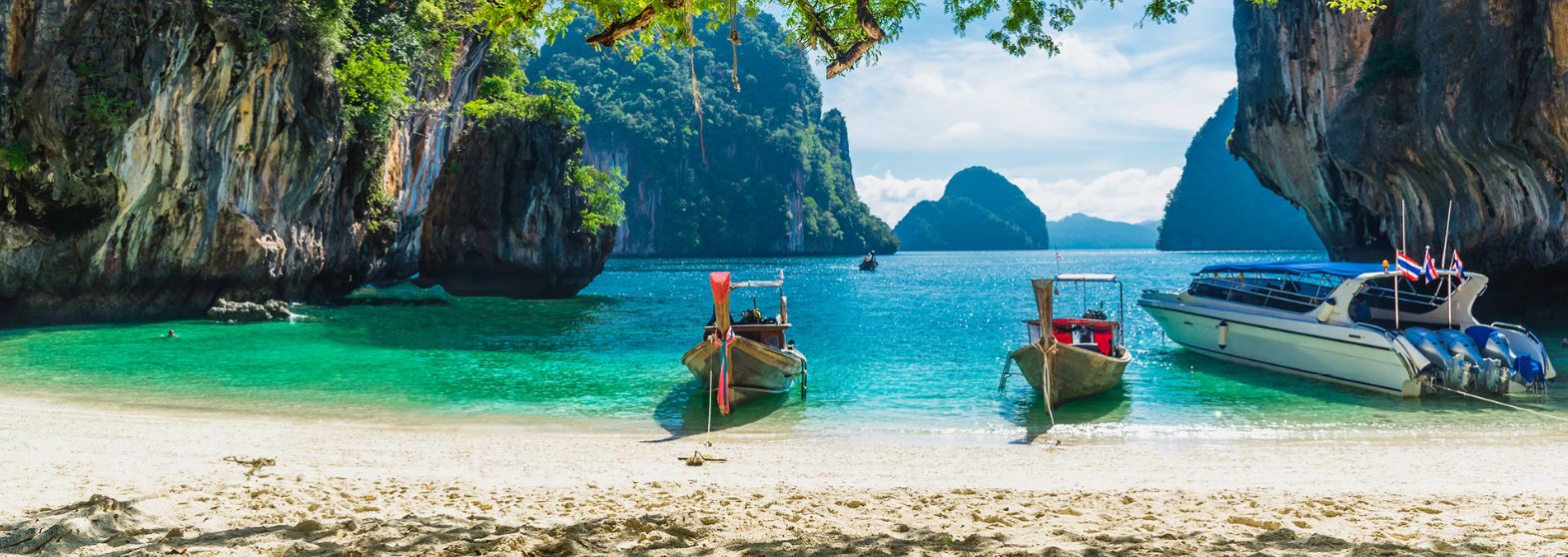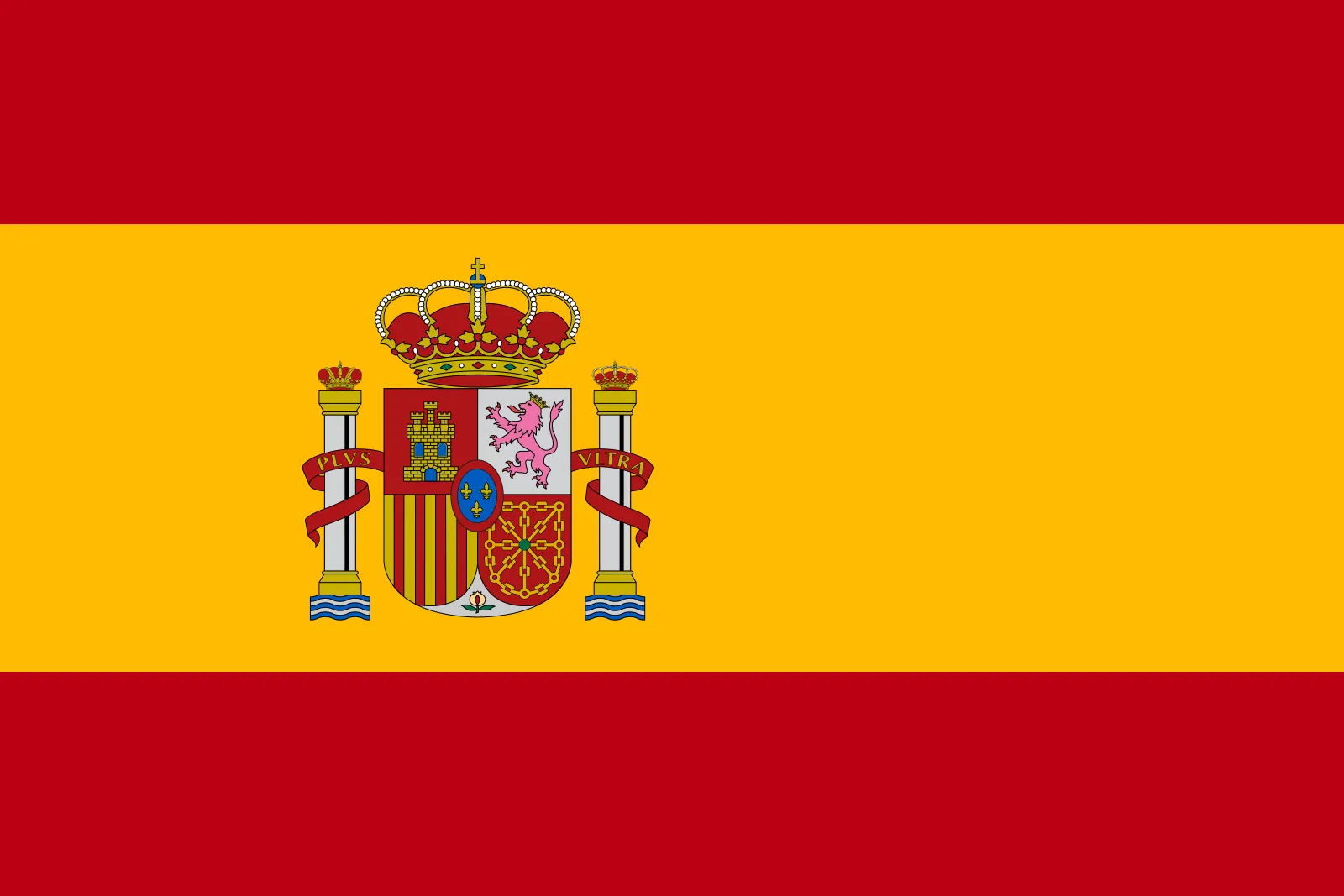All our tours are 100% customizable
Grand tour of Gujarat – 13 nights/14 days
Price to be reconfirmed – 1420 Euro/pp minimum -02 persons
Ahmedabad-Siddhapur-Patan-Modhera-Bajana-Ajrakhpur-Bhuj-Anjar-Gondal-Junagad-Sasan-Gir-Somnath-Diu-Vanakbara-Palitana-Bhavnagar-Lothal-Vadodara-Jambughoda-Champaner-Pavagadh-Ahmedabad
Day 1 - Arrive in Ahmedabad
Arrival at Ahmedabad International Airport.
Once immigration procedures are completed and luggage collected, our operator will be waiting for you outside the Terminal to transfer you to the hotel.
Arrival at the hotel and check-in. Standard Check-in at 14:00 / Check out at 12:00.
Visit Jama Masjid (literally Friday Mosque), also known as Jumah Mosque, is a mosque in Ahmedabad, built in 1424 during the reign of Ahmed Shah I. Situated in the old walled city,
Adlaj Stepwell Situated in the quiet village of Adalaj, this has served as a resting place for many pilgrims and caravans along their trade routes for many years.
Visit Gujarat Sahay Orphanage: - Overall, Shishu Gruh serves as a life support system for these vulnerable children, offering them a chance of a better future by providing them with the care and attention they require.
Gandhi Ashram, Sabarmati Ashram (also known as Gandhi Ashram, Harijan Ashram or Satyagraha Ashram) is located in the Sabarmati suburb of Ahmedabad, Gujarat, adjacent to Ashram Road, on the banks of the Sabarmati River, 6.5 km from the Municipality.
Hutheesing Jain Temple: - Established in 1848, Hutheesing Jain Temple is one of the most revered Jain temples in Ahmedabad. Dedicated to the 15th Tirthankara of the Jains, Lord Dharmanath, this two-storied white marble structure houses 11 sculptures of deities.
Overnight stay in Ahmedabad.
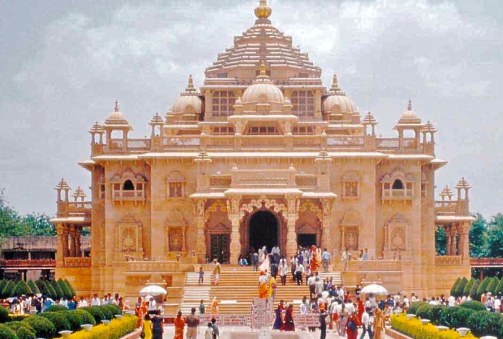
Day 2 - Ahmedabad-Siddhapur-Patan-Modhera-Bajana (Little Rann of Kutch) (240 Km, 5 Hours)
After breakfast the day begins.
Siddhapur: - One goes to Sidhpur to see the beautiful wooden gardens. Their old Havelis and mansions, some over 100 years old, have a distinctly European feel and a walk through the ‘Bohra Vad’ is like a walk through a cigarette lighter-filled England at dusk.
Patan:- Rani ki Vav (Step well). It was built by Queen Udaymati, wife of Bhimdev, between 11th and 12th century. It is the most magnificent and spectacular stepwell and the best example of such water well architecture.
Patan Patola:- Patan Patola of weaving, patan is Famous for patola weaving, Salvi family is one of them who continued this traditional art and preserved it even today. Patola silk is often called the queen of all silk.
Modhera Sun Temple:- Modhera Sun Temple The Modhera Sun Temple dates back to the early 11th century AD and was built by King Bhimdev I in 1026 AD. The Modhera Temple is the most important of all the sun temples built across Gujarat.
Overnight in Bajana.

Day 3 - Bajana (Little Rann of Kutch)-Ajrakhpur-Bhujodi-Bhuj (275 Kms, 5 Hours.)
After breakfast, drive to Bhuj.
Ajarakpur :- Established by the Khatri Muslim hand block printers after the 2001 earthquake. Here the artisans practice the “resistance technique” on cotton/silk fabrics using ancient Ajrakh prints and new design motifs.
Dhaneti: - Visit to see the elaborate embroidery work of the Ahir tribe. Dhaneti is the complete Ahir community village and the Ahir women are doing this embroidery. Our visit would witness around 05-10 women at work.
Bhujodi: - community of master craftsmen - Vankar weavers - skilled in traditional handloom weaving including cotton and wool weaving, which you can see as you walk around the village and explore each house.
Upon arrival, transfer to the hotel.
Overnight stay in Bhuj.
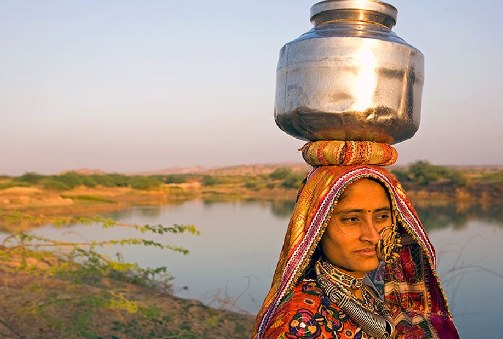
Day 4 - Bhuj-Banni Villages-Greater Rann of Kutch festival-Dhordo-Bhuj
After breakfast.
Visit Banni Villages and Greater Rann of Kutch.
Proceed to visit Banni village enroute take permission (please all clients need to take permission). See various people like Jat, Harijan, Meghawal and Mutva etc. in various villages like Hodka, Ludiya and Dhordo. Banni means “a cluster of village”.
Hodka :- Hodka is derived from the Gujarati word “Hodi” which means “boat”. Since, the villages here are called jheels, where drinking water is available.
Ludiya :- Harijans and Muslims are the major communities of this village. The main occupations are: monsoon agriculture, cattle breeding, intricate wood carving, intricate embroidery, mud work and wall painting for decorating the houses.
Dhordo :- Dhordo to see the beautiful traditional mud houses (Bhungas) with mirror work and its fine Mutwa embroidery with tiny mirrors.
Rann of Kutch Festival - Rann Utsav is an amazing festival of Kutch, Gujarat, India. It is a Carnival of music, dance, beauty of nature of White Rann, where you can experience the luxury of tent cities and much more.
Overnight stay in Bhuj.
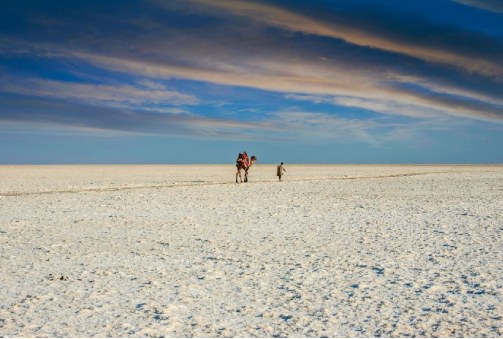
Day 5 - Bhuj-Anjar Market-Gondal (281 km, 5 hours and 50 minutes)
After breakfast, Departure for Gondal.
En route visit Anjar Market :- It is impossible to come to Anjar and go back home empty handed as the markets of the town offer an exciting array of metal handicrafts. Different communities come together in the town to celebrate the Jesai-Toral fair.
Royal Garages :- Royal Garages have a large collection of vintage and classic cars from 1910 to 1955, limousines and sports cars from 1950 and 1960, American cars from 1940 and 1950 and a fleet of four wheel drive vehicles from the Second World War and post war.
Naulakha Darbargadh Palace :- was built in the 17th century. This palace is one of the oldest and beautiful palaces in Gondal. This palace is situated on the banks of the river on a large brick base, about 30 meters above the river bed.
Bhuvaneswari Ayurvedics :- Bhuvaneswari Ayurvedics belongs to a family of Ayurvedic doctors, which has a traditional history of more than 250 years. They also export and manufacture Ayurvedic medicines. All the medicines are prepared using traditional method with advanced equipment under the supervision of our Ayurvedic doctor
Overnight stay in Gondal.

Day 6 - Gondal-Junagadh-Sasan (140 km, 3 hours and 40 minutes)
After breakfast, Departure for Sasan.
En route visit Junagadh, Uparkot Fort:- Said to have been built in 319 BC, the fort was the architectural work of Chandragupta. But the fort has changed hands many times. Remains of different rulers can be seen in some parts of the structure.
Uparkot Cave:- Uparkot Caves, also Uperkot Caves, are ancient artificial caves. The caves are part of the Junagadh Buddhist Cave Group located in the eastern part of Junagadh in the Indian state of Gujarat.
The Khapra Kodiya Caves:- The Khapra Kodiya Caves are part of the Buddhist cave group of Junagadh. They are the oldest of the caves in the group. The caves, based on scribbles and short cursive letters on the wall, are dated to the 3rd-4th century BC during the rule of Emperor Ashoka.
Mahabat Maqbara:- Mahabat Maqbara and Bahauddin Maqbra are mausoleums in Junagadh, Gujarat, India. They were completed in 1892 and 1896 respectively and are dedicated to Mahabat Khan II, the Nawab of Junagadh state and his minister Bahauddin Hussain Bhar respectively.
Adi-kadi Vav:- Adi-kadi Vav, built in the 15th century, is entirely carved out of hard rock. A narrow flight of 120 steps cuts through the stone to meet the well-shaft deep in the stone. Two different legends claim to explain the name of the well
Overnight in Sasan.
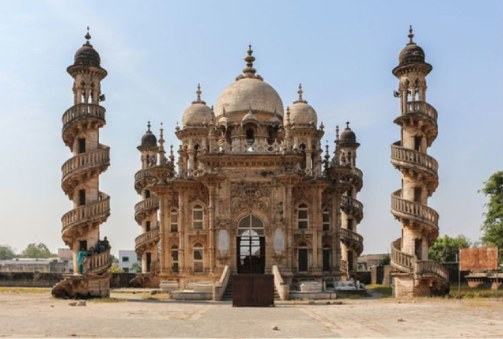
Day 7 - Sasan-Gir-Sasan
After breakfast we proceed for the Lion safari
Gir National Park has been synonymous with the majestic Asiatic lions since time immemorial. And Sasan Gir is the only place in Asia where these lions can be spotted in the wild. Moreover, Gir is endowed with a rich variety of flora and fauna in the Indian subcontinent. A diverse amalgamation of over 600 species of wildlife including 41 species of mammals, 47 species of reptiles and over 300 species of resident and migratory birds offers visitors serene and mesmerizing experiences in the vast expanses of the forest.
Overnight in Sasan
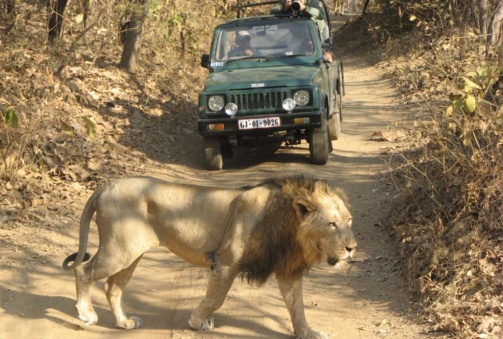
Day 8 - Sasan-Somnath-Diu (138 Km, 4 Hours)
After breakfast the day begins.
On the way you visit a town Somnath.
Somnath Temple: - Somnath Temple, also called Somanātha Temple or Deo Patan Temple, is a Hindu temple located in Prabhas Patan, Veraval in Gujarat, India. It is one of the holiest pilgrimage sites for Hindus and is believed to be the first among the twelve jyotirlinga shrines of Shiva.
Departure for Diu.
https://ciaoindiatours.com/wp-content/uploads/2024/07/somnath.jpg
Naida Caves: - Naida Caves, Diu are located outside the city walls of Diu Fort, the caves feature a large network of square-step tunnels, which is yet to be fully explored, built by the Portuguese.
Diu Fort: - Diu Fort is a Portuguese-built fortification located on the western coast of India at Diu. The fort was built as part of the defensive fortifications of Portuguese India on the eastern end of the island of Diu in the 16th century.
Overnight stay in Diu.
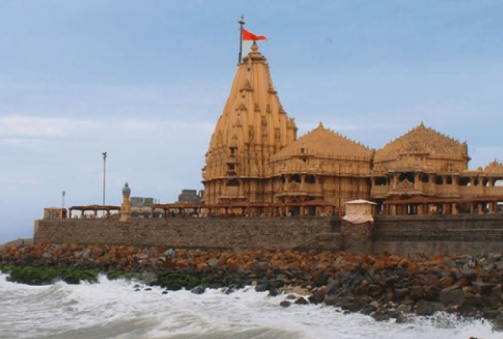
Day 9 - Diu-Vanakbara-Palitana-Bhavnagar (200 Km, 4 hr Hours) (Half board with buffet dinner)
After breakfast the day begins.
This day You have to get up early, to visit the fishing village of Vanakbara , a charming fishing village and one of the highlights of the island. It is great to wander around the harbor, full of colorful fishing boats and lively activities, the best around 06:30 to 08:00 when the fishing fleet returns and sells their catch.
We return to the hotel for breakfast.
After breakfast, depart for Bhavnagar.
En route visit a Palitana town :- Palitana which is located 60 km from Bhavnagar. The Palitana hills are known as the "Abode of the Gods" and are covered with 863 Jain temples spanning a period of over 900 years.
On arrival at Bhavnagar transfer to hotel.
Overnight stay at Bhavnagar.
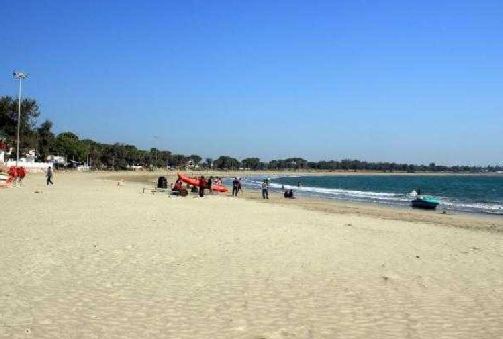
Day 10 - Bhavnagar (Half board with buffet dinner)
After breakfast the day begins.
Takhteshwar Mahadev Temple: - Brief History: The temple is believed to have been commissioned by Maharaja Takhtsinhji in 1893 A.D. He was anointed as the Maharaja of Bhavnagar, after the death of his father, Jaswantsinhji in 1870.
Barton Museum: - Barton Museum is located on the ground floor of Gandhi Smriti, where you can find a wide range of artefacts like religious sculptures and nutcrackers representing the culture of Saurashtra.
The Market: - Bhavnagar has interesting local markets. This ancient city of Gujarat has some ancient souvenirs spread across genres like embroidered clothes, jewellery, intricate woodwork and handicrafts. There are a number of street markets and local malls that offer a fulfilling shopping experience in Bhavnagar.
Overnight stay at Bhavnagar.
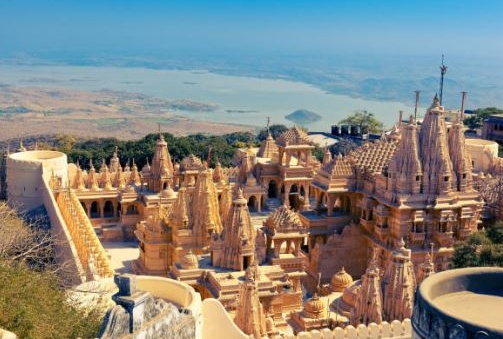
Day 11 - Bhavnagar-Lothal-Vadodara (225 Km, 4 Hours and 35 Minutes)
After breakfast, drive to Vadodara.
Along the way you will visit the archaeological site of Lothal (closed on Fridays and public holidays ) is one of the most important cities of the ancient Indus Valley civilization, located in the Bhāl region of the modern state of Gujarāt and dating back to 3700 BC. Discovered in 1954.
On arrival in Vadodara visit Aurobindo Ashram: - Built in 1896, Aurobindo Ashram (also known as Aurobindo Nivas) in Dandia Bazaar is the only national memorial in Vadodara.
Khanderao Market: - Khanderao Market is a famous and palatial building located in the city of Vadodara in Gujarat, Western India. It was erected by Maharaja Sayajirao Gaekwad III in 1906, named after Khande Rao Gaekwad, Maharaja of Baroda
Overnight stay in Vadodara.
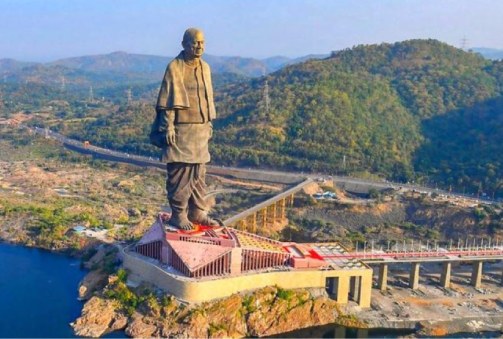
< /div>
Day 12 - Vadodara-Jambaugoda (100 Km, 2 Hours)
After breakfast, drive to Jambaugoda.
Weekly tribal market is visited to see the Rathwa and Dhanka tribes in and around the region. There is a town called Alirajpur of the Rathore Rajput rulers and from Rathore came the RATH region and from Rath the tribals are called Rathwa.
Subsequently, Bhasha Research and Publication Centre (closed on Sundays and holidays) The Adivasi Academy is established by Bhasha at Tejgadh in Chhotaudepur district of Gujarat as an institute to combine the functions of the country’s national academies, museums and literary bodies, while respecting Adivasi culture, arts and literature.
Overnight stay at Jambughoda.
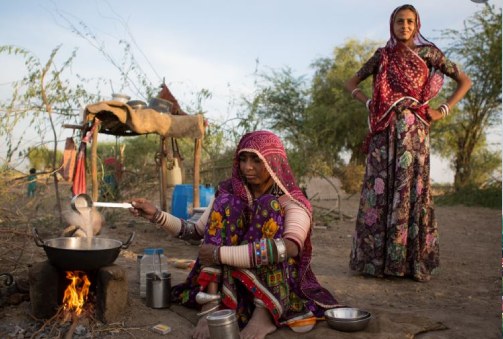
Day 13 - Jambughoda-Champaner-Pavagadh-Ahmedabad (205 Km, 4 Hours)
After breakfast, drive to Ahmedabad.
Along the way you will visit Champaner-Pavagadh archaeological park
Champaner is an ancient fortified city. There are two stories about the origin of the name of this city. Some believe that it was named after Champaraj who was the founder of the city, while others believe that the city was named after the champa tree that is found here.
Nagina Masjid (meaning "jewel mosque") is a mosque in Champaner, Gujarat, western India. It was built during the period of Mahmud Begada, in the 15th century, like many other masjids, such as Kevada, Bawaman, Ek Minar, Jama, Khajuri and Shahar Ki. It has minarets, globe-shaped domes and narrow staircases. It is part of the Champaner-Pavagadh Archaeological Park, a UNESCO World Heritage Site
Overnight stay in Ahmedabad.
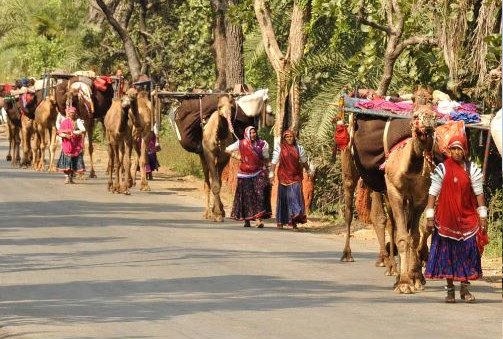
Day 14 - Ahmedabad-Next DestinationTransfer to the international airport as per flight schedule.
Ciao India Tours wishes you a pleasant journey.
Inclusions:
- 13 nights’ accommodation in 4 star/Heritage hotels with breakfast, including all existing taxes.
- All transfers from the airport to the hotel and vice versa.
- Meet and assist upon arrival/departure by our representative at the airport.
- Transfers, sightseeing, excursions as per air-conditioned program with Innova crysta car or similar.
- Lion safari in Gir.
- One bottle of water per person per day.
- All taxes included.
- Toll, Parking, Fuel, Driver's accommodation.
Exclusions:
- Visa, International flight, Health insurance, cancellation of flights, trains, Tips, Tour guide, Monument tickets, Activities, Personal expenses, Camera etc.
- Everything that is not included in the inclusions.
